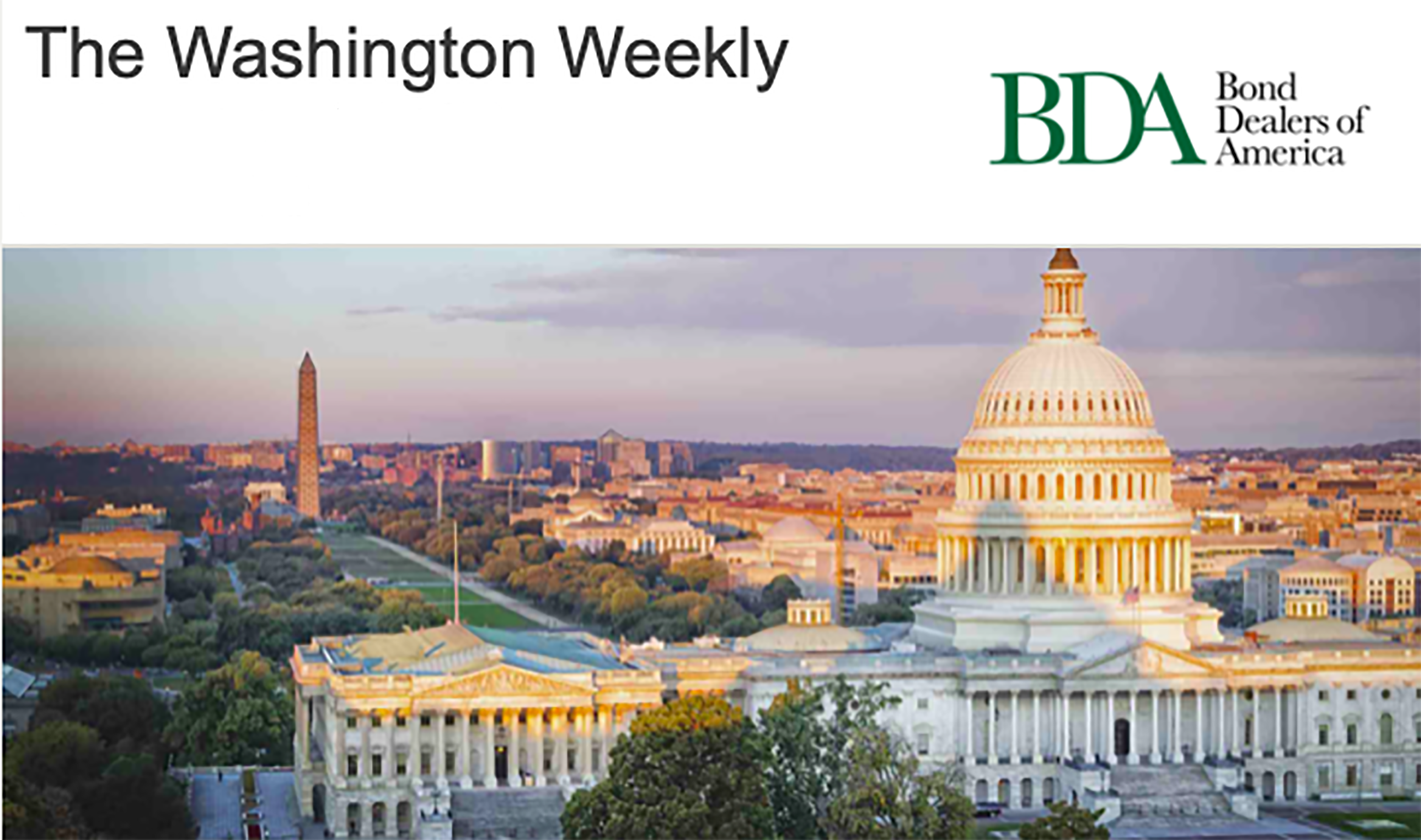
Expectations were low for immediate Federal relief for the stalling US economy following the 5 week Congressional August recess. However, 2 days into the September session, any hopes have been swiftly dashed , a quick reminder of the Washington gridlock experienced prior to the COVID-19 outbreak.
Yesterday, the narrow “skinny” Senate stimulus package failed to break filibuster, 52-47, a bipartisan rebuke of Senate leaderships efforts.
At this time it appears there is no path forward for additional stimulus prior to the November elections or major legislation to move municipal market priorities. The result is a stinging blow for state and local governments that have been waiting on federal action putting issuer credit squarely into focus.
Legislative Recap:
McConnell’s “Skinny Bill” Fails to Deliver
After whipping support for a narrow, “skinny” COVID relief package, the bill found a predictable defeat this week on the Senate floor, failing to advance to the debate and deliberation stage. The package, while including no additional aid to state and local governments or municipal bond provisions, is estimated to cost $500 billion, less than the Republicans’ own $1 trillion plan from July. The skinny bill would revive supplemental unemployment insurance benefits and extended aid for small business, in particular.
The bill would also revoking authority from the Federal Reserve and Treasury to govern such programs as the Municipal Liquidity Facility and the Corporate Credit Facilities at years end, a departure from the CARES Act statute giving the agencies more liberal governance powers.
Senate Minority Leader Schumer stated Senate Minority Leader Schumer remained optimistic stating , “If past is prologue, there’s actually a significant chance that the public heat on many Republican senators as they go back home will have them come to their senses, and they will start negotiating with us in a serious way. However, at this time negotiations do not seem pressing. ”
McConnell this week declined to answer questions Thursday morning about what would happen after the failure of his bill, leading many to feel that there will be no additional aid prior to the elections this November.
House and Senate Hold Hearings on MLF and State and Local Aid
The House continues to press the Senate and Administration to include direct Federal aid to state and local governments in any additional stimulus package. This week, the House Financial Services Committee hosted a hearing titled, “The Need for Financial Aid to America’s States and Territories During the Pandemic: Supporting First Responders, Assisting Schools in Their Efforts to Safely Educate, and Preventing Mass Layoffs.”
The hearing discussed the continued need for direct funding for state and local governments, including allowing for funds to be used for revenues lost, a provision not included in the CARES Act funds. The hearing also focused on the Feds Municipal Liquidity Facility and the lack of participation from issuers.
The Committee, as has the BDA, pressed the Fed successfully to lower the cost of lending, but continues to make the case for further adjustments.
On the Senate side, the Banking Committee pushed for a longer maximum maturity period under the Federal Reserves Municipal Liquidity Facility, noting that fiscals pressures on state and local governments will likely last for several years. “Senator Bob Menendez (D-NJ) hammered the program and Congressional inaction” stating that many are disappointed by the “ineffectiveness” of the Fed’s MLF and said ti would be a “massive policy failure” if Congress fails to get money into the hands of state and local governments.
Committee leadership noted that the HEROS Act included provisions to further expand the MLF by reducing the interest rate paid on bonds purchased to the federal funds rate, among other provisions.
Fed Recap:
Guam Presses Fed to Expand MLF
This week, the U.S. Territory of Guam wrote the Federal Reserve and Treasury asking they expand the eligibility of the Municipal Liquidity Facility to include territories. The island is predicting a 7.2% revenue decline for FY 2021, forcing the government to consider issuing new debt, but with a Ba1 rating with a negative outlook, needs the Federal backstop.
As noted above, the MLF has been widely panned on Capitol Hill due to its lack of affordable access for struggling state and localities, however, at this time the Fed has shown no interest in expanding to cover U.S. Territories.
New York Fed Announces Expansion of Emergency Programs
The Federal Reserve Bank of New York yesterday announced that it has approved new dealers to participate as counterparties under the Fed’s Commercial Paper Funding Facility (CPPF) and Secondary Market Corporate Credit Facility (SMCCF). The Fed announced that two new firms have been approved for the CPPF and seven new dealers for the SMCCF. Before the announcement, only primary dealers were eligible to participate in either program.
BDA has been urging the Fed to expand its various special liquidity and funding programs implemented to address market issues raised by the virus pandemic to include non primary dealers. In April we sent a letter asking the Fed to expand participation in several emergency programs including the SMCCF. Today’s announcement is consistent with BDA’s ongoing advocacy with the Fed on these issues.
